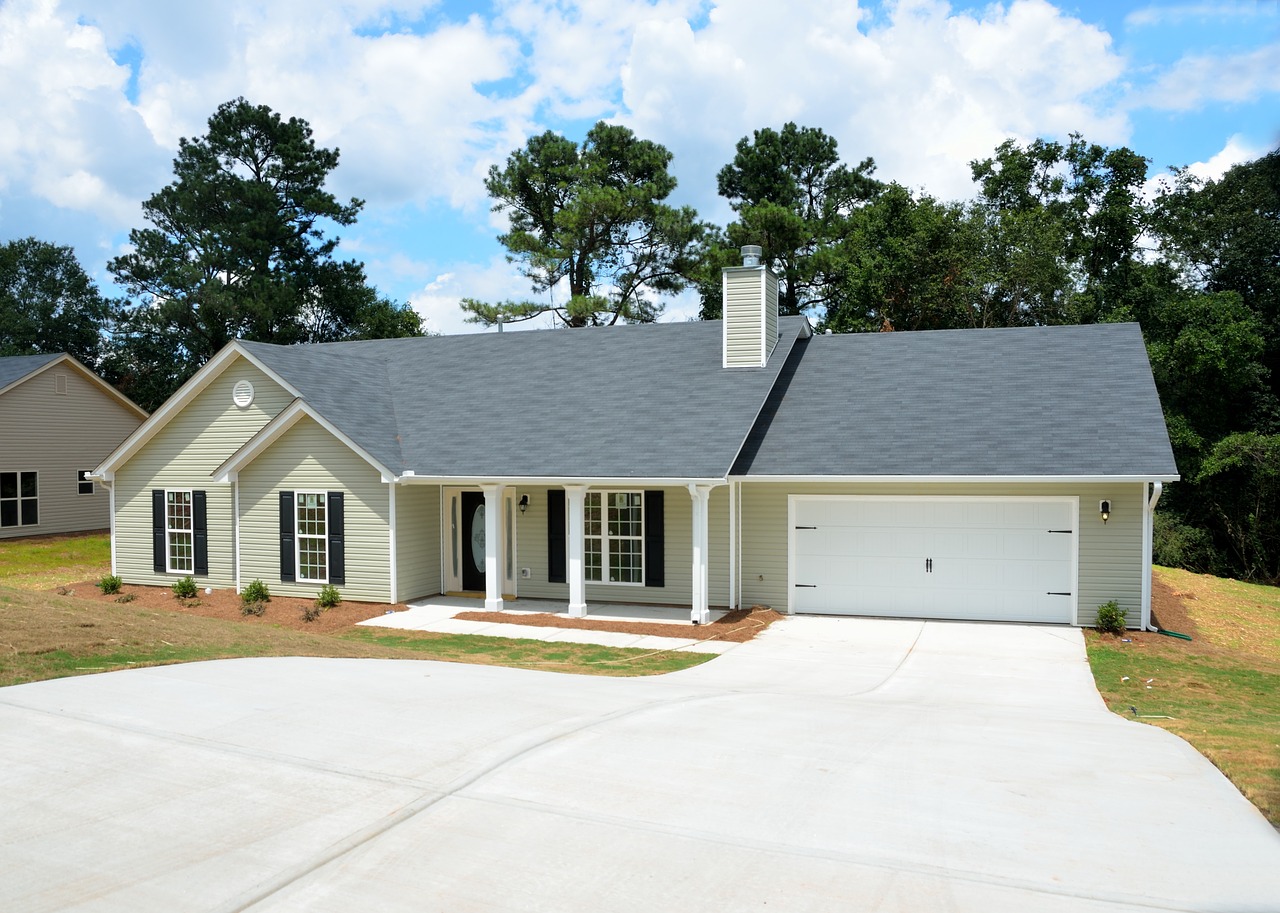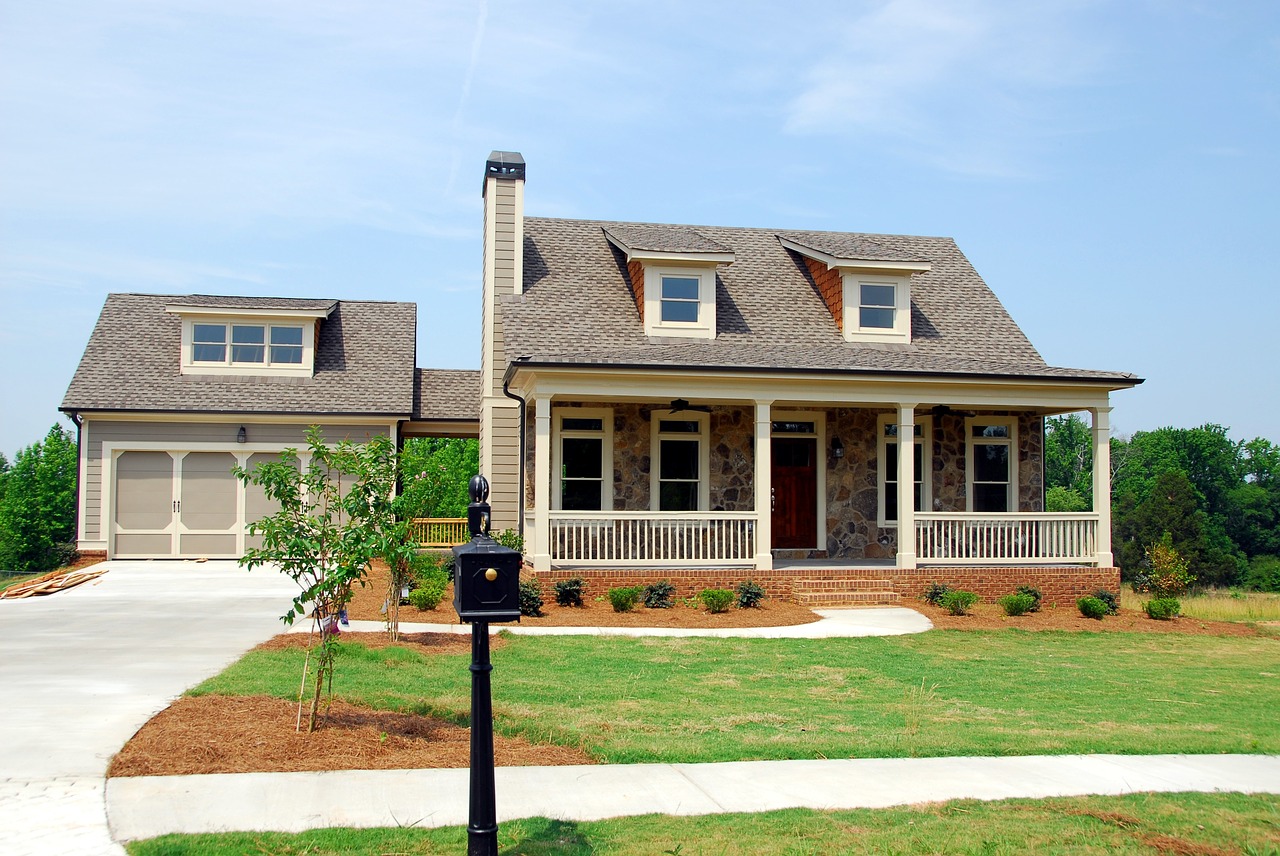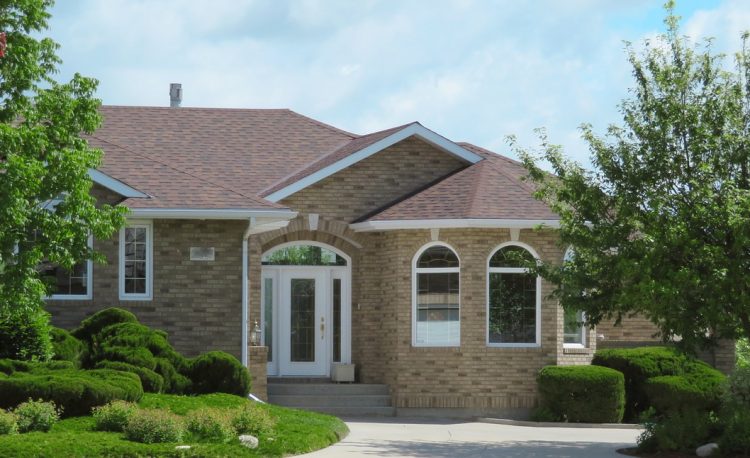Buying homeowners’ insurance seems like it should be a straightforward process. It is relatively easy to shop around and request a few quotes for coverage, but in the process, you may be asked numerous questions that may baffle you. In some cases, you may be asked about things that you have not yet considered. In other cases, you may be asked about coverages and other factors that you do not fully understand. These are some of the important things that you should when shopping for a new policy.
1. You Can Adjust Your Deductible
One question that most insurance agents will ask you about involves your preferred deductible amount. You must pay the deductible each time a claim is filed against the policy. Commonly, homeowners select a flat rate, such as $2,000. They may also select a percent of the home’s value, such as one or two percent. A higher deductible generates a lower premium, but a higher deductible also makes it less advantageous for you to file a claim on smaller repair issues.

2. Liability Coverage Is Essential
Most home insurance policies include two primary components, and these are liability and property coverage. Property coverage pays for repairs or replacements on the structure and site-built improvements. Liability coverage provides you with benefits if you are sued or face other property-related liability issues. You may be inclined to turn down liability coverage, but it is generally a required component in all home insurance policies. You can, however, adjust the coverage limit within reason.
3. Flood and Earthquake Coverage Should Be Purchased Separately
If you live in an area that has earthquakes or if you live in a flood zone, you should be aware that a standard home insurance policy does not cover these perils. Flood and earthquake coverage must be purchased separately. There are some other coverages that you may need to add separately if you are interested in them, such as mold coverage.
4. Your Home’s Replacement Value Will Change
There are several different ways that policy limits are established. Some policies are written so that the actual and current cash value of the structure is the limit. Others are written so that the replacement value of the structure is the limit. Regardless of how your policy is written, understand that this amount needs to be regularly updated. This is because home values and construction costs fluctuate from year to year.
5. Property Insurance Is Different Than Personal Property Coverage
Some people assume that the contents of their home are insured when they purchase home insurance, but this is not the case. Property coverage only pays for repairs or replacement of the structure and site-built improvements. Personal contents in the home, such as clothes, appliances, furniture and more, must be insured separately. The value of personal property coverage is usually determined by the homeowner based on the contents of the home.
6. You Should Document Your Belongings
When you file a claim for personal property damage or loss, the insurance company may not agree with your estimate on the loss. While you can set the coverage limit at any desired amount, you should document the contents in your home to substantiate the coverage amount that you purchased. The smart idea is to walk through each room slowly with a video camera in hand. Scan the rooms, open the closet doors, look in cabinets and more. Capture all of your belongings on video, and keep this video in a fireproof safe or stored in the cloud.

Buying home insurance is one of the best steps that you can take to protect your financial investment in your home as well as your items in the home. As you shop around, keep these important factors in mind.

